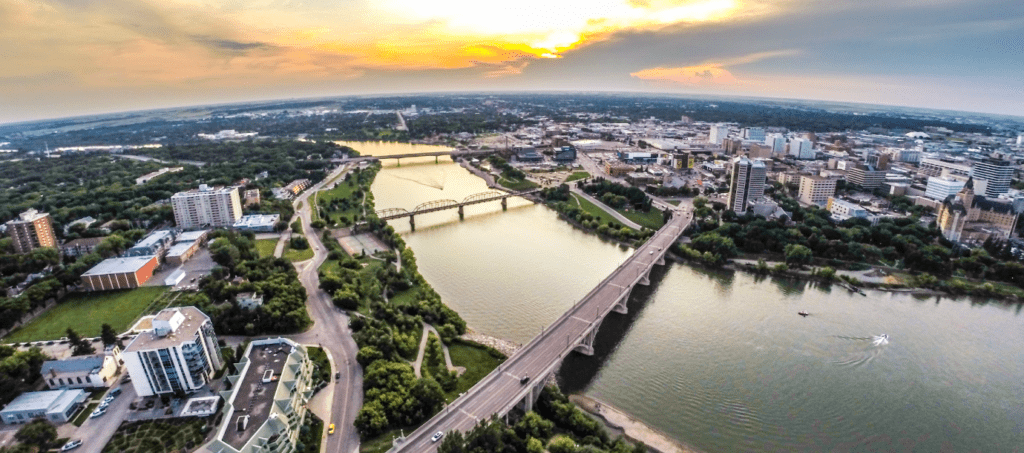 As published by CBC News | Saskatoon on August 7, 2017
As published by CBC News | Saskatoon on August 7, 2017
(http://www.cbc.ca/news/canada/saskatoon/rapid-transit-saskatoon-alan-wallace-1.4234612)
By Alan Wallace, senior planning consultant with V3 Companies of Canada Ltd. and former director of planning and development with the City of Saskatoon.
The rapid transit service will involve new buses running at a high frequency on a pre-defined line extending east to west and through the downtown.
Over the next year, city hall will begin to invite people to provide feedback on this important growth initiative.
But how will Saskatoon react to the offer of providing a public transit service that has a goal of eventually moving eight per cent of the city’s commuters on a daily basis?
There are three critical pieces that must line up for this project to succeed.
System must work for ‘average citizen’
First, the functional design must make sense to the average citizen and be supported by the business community.
There shouldn’t be much opposition to the common sense idea of providing a transit service that is more convenient, efficient and comfortable, to attract more daily riders.
However, there will be considerable debate about how the new system is implemented. Things like how will it affect vehicle traffic, where the new transit stations will be located, what they will look like, what they will cost, and how quickly the city will move towards dedicated lanes are all questions that are up for discussion.
Attitude shift required
Secondly, how quickly will attitudes about transit change in Saskatoon?
The ‘go-to’ solution for solving congestion problems has always been to widen roads, build new roads and construct interchanges. This often happens without considering how much that costs.
Alongside the option of road widening and building new bridges is the idea to change the public transit service.
With only four per cent of Saskatoon commuters currently taking transit on a regular basis, it is among the lowest rate in the country.
It is also one of the most heavily subsidized services that the city provides.
The oft-cited reasons for not taking the bus are it’s inconvenient and takes too much time.
Changing the public’s attitude toward public transit will remain the most difficult, and most important challenge that the new growth plan faces.
Will there be federal funding?
Third, assuming a functional design and attitude shift appear achievable, will there be federal funding available when the city is ready to commit millions of public dollars to the new service?
Many cities will be vying for the federal funding under the Public Transit Infrastructure Fund. The ‘Big Move’ in Ontario, for instance, is an ambitious $11.5-billion regional rapid transit system expansion, which will provide rapid transit service stretching from Hamilton to Oshawa.
Even cities that already have rapid transit systems will be requesting funds for expansion.
Why is rapid transit so important to Saskatoon?
It unlocks the economic potential along major bus rapid transit corridors for renewal, more density and growth to occur.
It is a key element in the decision on where to locate Saskatoon’s next arena, which is important to the future growth and development of the city’s downtown. A rapid transit system makes a downtown arena much more feasible and reduces the land area required for vehicle parking.
Rapid transit will also reduce vehicle congestion, which will continue to rise if our transit system struggles to provide service for only four per cent of commuters.
Plus, it is key to opening up opportunity for development on the university agricultural lands.
Why is it important to support a new rapid transit system?
Saskatoon has a chance to make an important strategic move now, which will have great benefit for future generations in the long term. It is important to take a long view and understand how important it is to support and help the city bring rapid transit to Saskatoon.
Another opportunity like this may not come along again for many years.
This much is certain: if we don’t consider this now, we will be confronted with the same issues again down the road, and we will regret not acting sooner.

